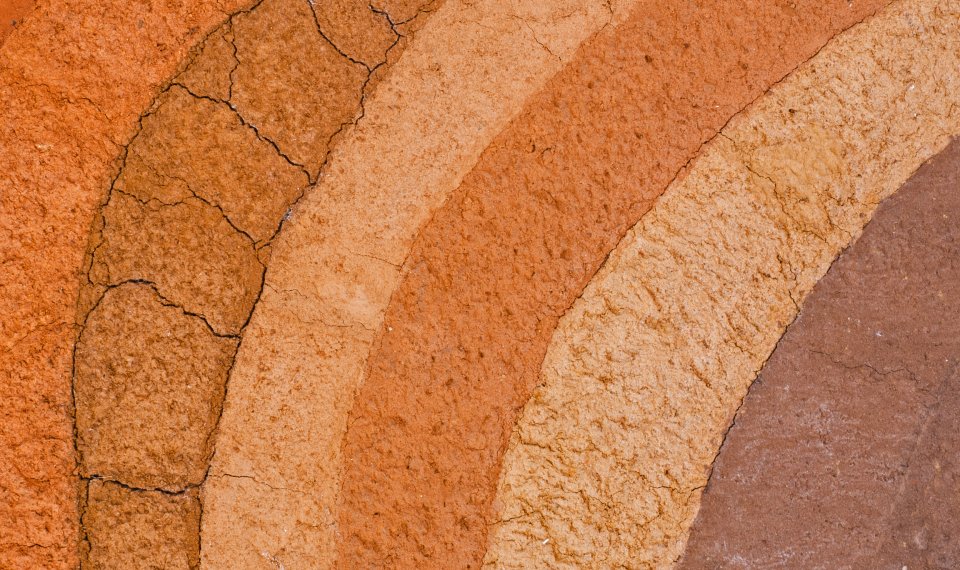ADVERTS
Types of Soil – What are they? Characteristics and Classification
There are several types of soil on our planet, in each region we can find a different type of soil, or even more than one type of soil in the same region and in Brazil it is no different, so let's find out what types of soil exist in our planet. planet and in our country.
Our soil is one of our main natural resources, as we provide our food from it, knowing more about our soil is very important, knowing the soil, taking care of it, among other things, can make all the difference to the future of humanity.
ADVERTS
What are soils?
Soil is an element that is part of the landscape, it is a natural resource that we have spread across the planet and is essential for our survival, as it is from it that we obtain our food and build our homes.
Soil is also considered as a set formed by natural particles, these particles are formed from a source material, which in this case are rocks, by the action of elements such as the climate and organisms that act in the fragmentation of the original materials.
There are several types of soil, a variation of colors and textures, the soil is not just what we see above, it contains an infinite number of layers, one superimposed on the other.
What types of soil exist?

ADVERTS
As we have already said, there are some types of soil on our planet, and each soil is characterized according to its morphology, chemical, physical, biological and mineralogical properties. The types of soil existing on our planet are:
Characteristics of Sandy Soil
Sandy soil is classified as such because the dimensions of its grains are between 0.075mm and 2mm, the vast majority of which are formed by tiny crystals of quartz and iron oxide, if the sandy soil is in a tropical region. Sandy Soil has a sand content of around 70%, making it a permeable soil, making it difficult to cultivate any type of plantation.
Characteristics of Clay Soil
Clay soil is soil with a greater capacity to store water, unlike sandy soil. As clayey soils are less permeable, water has more difficulty passing over them and therefore ends up being stored. In this type of soil there is a large concentration of aluminum and iron oxides.
Characteristics of Silty Soil
This type of soil has a large amount of “stone dust”, that is, a silty soil, this soil is a very erosive soil and does not mix like clay does, as its particles are very fine and light.
Characteristics of Humic Soil
Humic Soil is generally one of the most fertile soils of all, in it plants find everything they need to grow, Humic Soil is soil rich in humus, which gives the opportunity for better cultivation, whatever it may be.
Characteristics of Kartic Soil
This type of Kartic soil has a higher concentration of limestone, limestone that is used in agriculture and also in livestock, directly in the soil to fertilize it. This Kartic Soil is a soil that provides raw material for the production of lime and cement.
Curiosities
What is Pronasolos?
The Brazilian National Soil Program (Pronasolos) aims to map the Brazilian territory and generate data with different degrees of detail to support public policies, assist territorial management, support precision agriculture and support decisions on granting agricultural credit, among many other applications. . To learn more about Pronasolos, click on the image below.
Embrapa
A Embrapa é a “Empresa Brasileira de Pesquisa Agropecuária” focada na geração de conhecimento e tecnologia para agropecuária brasileira, possuindo um grande estudo sobre o solo de nosso país, baseado no que a de mais tecnológico. Caso queira saber mais sobre solo, você pode acessar o site da Embrapa através desse link https://www.embrapa.br/solos.
